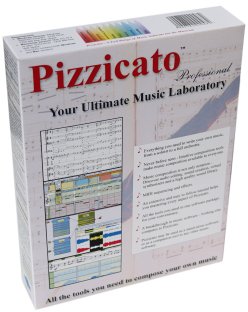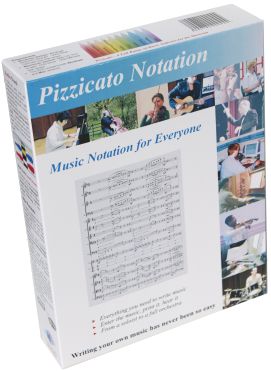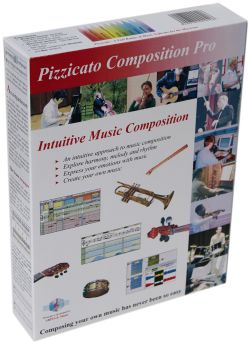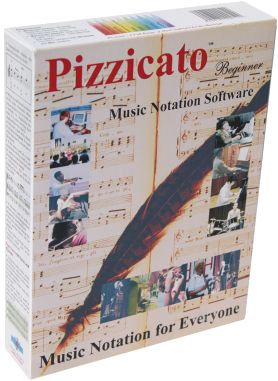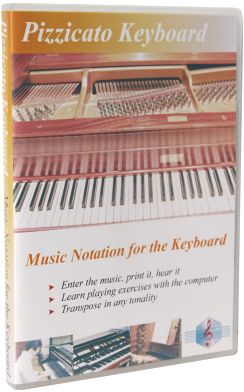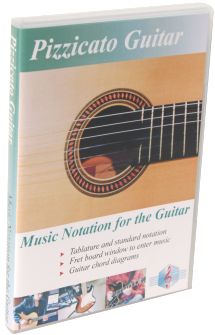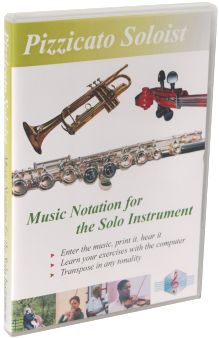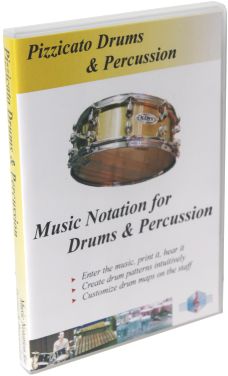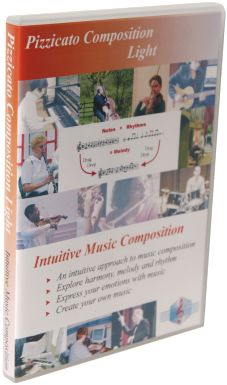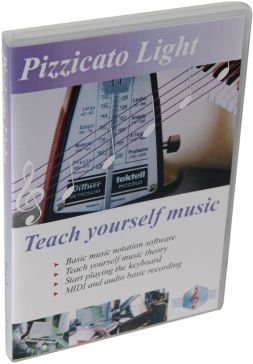Percussion maps
With Pizzicato Professional,
Notation, Drums and Percussion and Composition Pro, you may
assign each note to a specific line of the staff. It is useful to
write and listen to percussion instruments in a logical way. On a
lot of synthesizers, percussion instruments are assigned
according the General Midi standard. Due to the fact that there
are very many instruments in that standard, a percussion score
written this way is very difficult to read. The different
percussion notation conventions need to assign an instrument to a
given staff line. For example, you decide that the treble clef
low D corresponds to the bass drum, that the second line (G) is
the snare drum,... To create such a
percussion "map", open the "Instruments" view
and select the "MIDI Parameters" configuration. Check
the "Pr" box of that staff (Percussion). You have then
a table which lets you select a percussion instrument for each
note of the staff. See the lesson about the instruments view for
more information about its use. Notice that this
function is simply a new attribution of the notes heard in
comparison with the notes height on the staff. You can use it to
create amazing effects, for example a table inverting the
keyboard notes, so that when writing notes higher on the staff
makes them lower in pitch. Try then to listen to a Mozart
sonata...
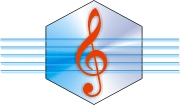
All rights reserved for all countries
Pizzicato is a trademark owned by Arpege sprl



















